Buy this digital art artwork Swans Square Fractal by Tis Veugen as a reproduction on canvas, ArtFrame, poster and wallpaper, printed on demand in high quality.
About "Swans Square Fractal"
by Tis Veugen
About the artwork
The inspiration for this image comes from Escher's famous Square Limit, where part of the fish tiles are mirrored. In our image, the triangles of the tessellation are deformed into swans, in such a way that all swans have the same shape; they are only rotated and/or scaled, but not mirrored. Another major difference with Escher's artwork is the fractal structure towards the center.
There are many more variations on Escher's Square Limit, for example: Fathauer [1] shows that Escher's deformation scheme is not consistent at the diagonals. Escher uses sibling tiles on the diagonals, while Fathauer uses child tiles, which results in an octagonal boundary of the fractal construction. In addition, a hexagon or other polygons can be used instead of a square. My tool Tissellator contains over 40 variations of the Square Limit artwork.
The most surprising thing is that Escher did not combine his Square Limit with a fractal center. He investigated fractal behavior from a single central point, as shown for example in [2, p. 91]. He also made the fractal "Smaller and Smaller". His lecture illustration for showing fractal geometry, see [2, p. 252], actually contains exactly the same scheme of decreasing triangles as the scheme around the center in our figure! So Escher could have made a dual fractal image, but we will never know why he didn't.
[1] Robert Fathauer. Tessellations – Mathematics, Art, and Recreation. CRC Press, 2021
[2] Doris Schattschneider. Visions of Symmetry - Notebooks, Periodic Drawings, and Related Work of M. C. Escher. W. H. Freeman and Company, 1990

About Tis Veugen
My training as a mathematician and my experience as a software programmer are the basic elements for designing my works of art. Since my retirement in 2019 I have started creating digital art with a mathematical slant. The works of M.C. Escher are a source of inspiration. Thanks to programs.. Read more…
 Netherlands
Netherlands Ordered in June 2019
Ordered in June 2019
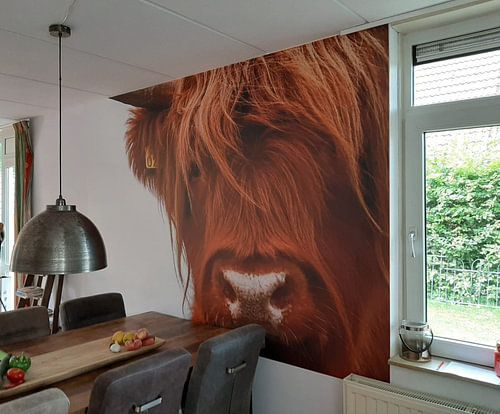
 Netherlands
Netherlands Ordered in August 2024
Ordered in August 2024
 Germany
Germany Ordered in September 2019
Ordered in September 2019
 Netherlands
Netherlands Ordered in December 2021
Ordered in December 2021
 Germany
Germany Ordered in May 2021
Ordered in May 2021
 Germany
Germany Ordered in June 2019
Ordered in June 2019
 Netherlands
Netherlands Ordered in May 2019
Ordered in May 2019
 Netherlands
Netherlands Ordered in July 2018
Ordered in July 2018
 Germany
Germany Ordered in November 2019
Ordered in November 2019
 Netherlands
Netherlands Ordered in October 2018
Ordered in October 2018
 Germany
Germany Ordered in June 2021
Ordered in June 2021
 Germany
Germany Ordered in May 2020
Ordered in May 2020
About the material
ArtFrame™
Interchangeable Art Prints
- High-quality print
- Easily interchangeable
- Acoustic function
- Large sizes available
Discover the artworks of Tis Veugen
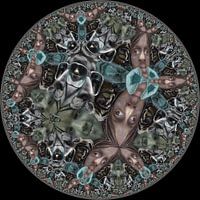 vergezichtenTis Veugen
vergezichtenTis Veugen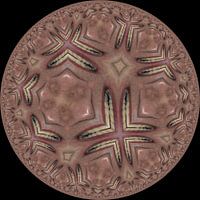 faceTis Veugen
faceTis Veugen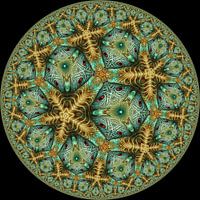 coralTis Veugen
coralTis Veugen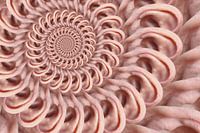 RingelorenTis Veugen
RingelorenTis Veugen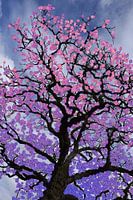 BlossomTis Veugen
BlossomTis Veugen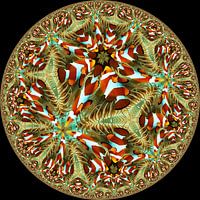 Heads togetherTis Veugen
Heads togetherTis Veugen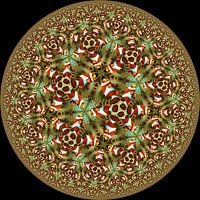 ClownfishTis Veugen
ClownfishTis Veugen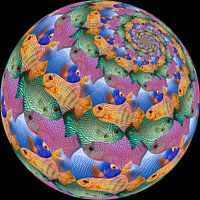 Fish Sphere SurfaceTis Veugen
Fish Sphere SurfaceTis Veugen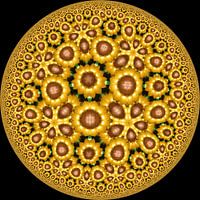 Glow SunflowersTis Veugen
Glow SunflowersTis Veugen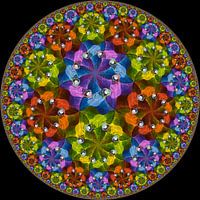 Dance of ParrotsTis Veugen
Dance of ParrotsTis Veugen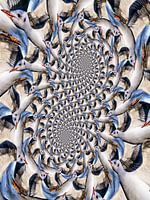 Seagull RhododendronTis Veugen
Seagull RhododendronTis Veugen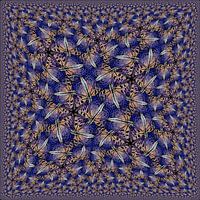 Square ButterfliesTis Veugen
Square ButterfliesTis Veugen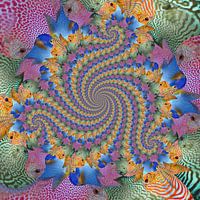 Triple Spiral of Four FishTis Veugen
Triple Spiral of Four FishTis Veugen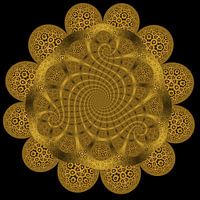 Trio Spiral of Sunflowers IITis Veugen
Trio Spiral of Sunflowers IITis Veugen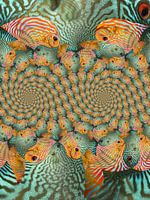 Double Spiral of Tropical FishTis Veugen
Double Spiral of Tropical FishTis Veugen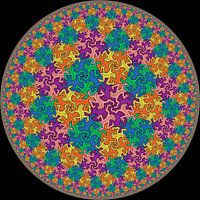 Hyperbolic LizardsTis Veugen
Hyperbolic LizardsTis Veugen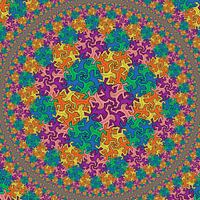 Square Hyperbolic LizardsTis Veugen
Square Hyperbolic LizardsTis Veugen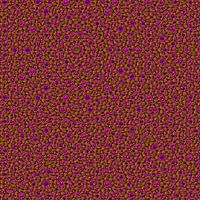 Septets of Three FlowersTis Veugen
Septets of Three FlowersTis Veugen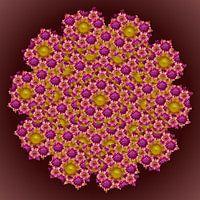 Quintets of Three FlowersTis Veugen
Quintets of Three FlowersTis Veugen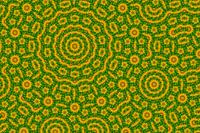 Dahlia sunflowersTis Veugen
Dahlia sunflowersTis Veugen






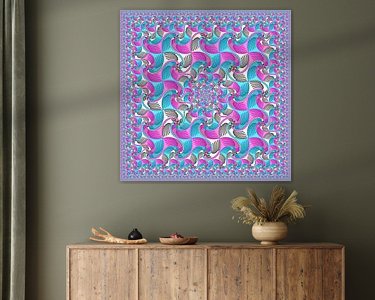



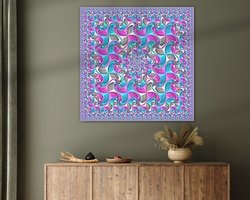

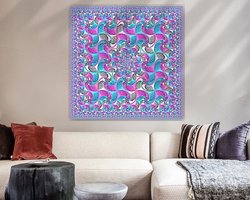
 Digital art
Digital art Fractal
Fractal Geometric
Geometric Modern shapes and lines
Modern shapes and lines Optical illusions
Optical illusions Patterns
Patterns Swan
Swan Symmetry
Symmetry Vibrant Colors
Vibrant Colors









